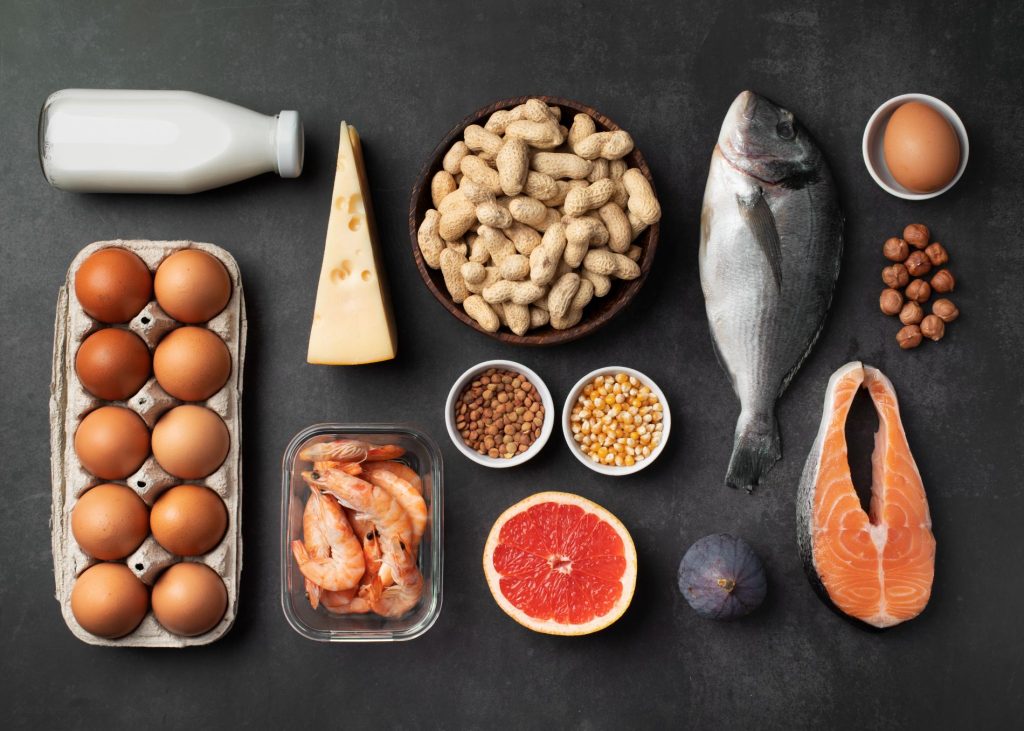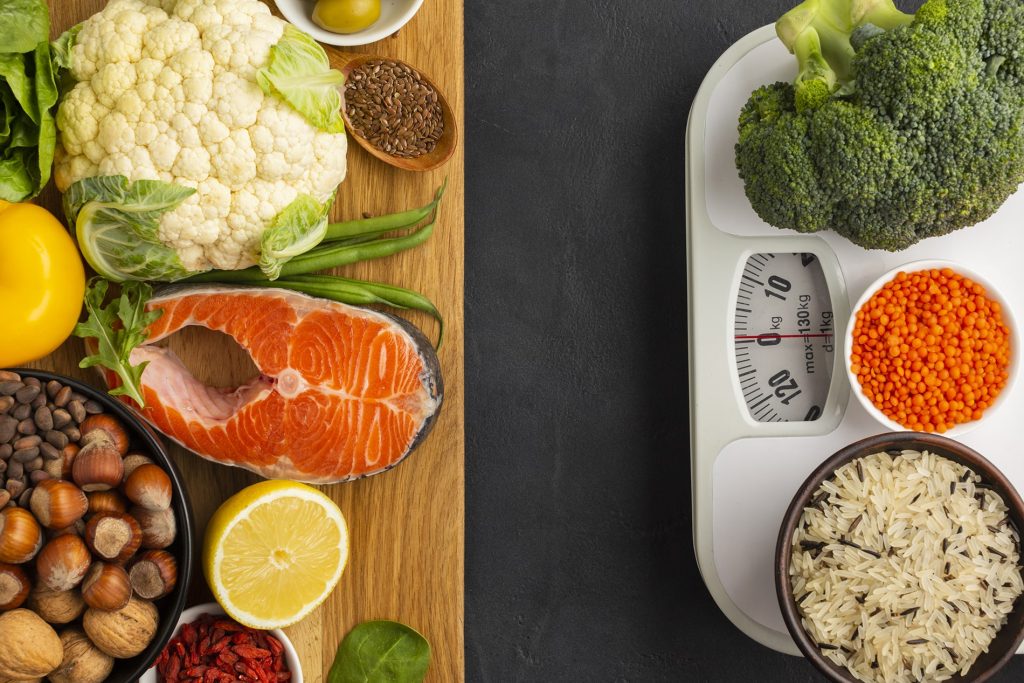
Total Cholesterol: LDL + HDL + 20% of your triglyceride level.
Low-Density Lipoproteins (LDL): This is often referred to as the “bad” cholesterol. These lipoproteins carry cholesterol through the bloodstream to different organs and tissues. This is a good thing, however if there is excess circulating through your system, over time the LDL cholesterol can enter the blood vessels and start to build up under the blood vessel lining. This is known as plaque. The plaque causes narrowing of the blood vessel walls which can eventually block blood flow and cause coronary artery disease. Your LDL level should be less than 130. If you are diabetic or have coronary artery disease, the level should be less than 100.
High-Density Lipoproteins (HDL): Where there is bad, there must be good! The HDL is your “good” cholesterol. These lipoproteins travel through the blood looking for the bad cholesterol. Once they pick up the excess cholesterol, they bring it back to the liver where it can be broken down. The more good cholesterol you have, the less bad cholesterol you’ll have. Women should have an HDL level greater than 50 and men should have a level greater than 40 (testosterone lowers HDL, therefore men can have a lower level).
Triglycerides: These are the most common fats found in the body. After you eat, your body immediately converts unused calories to triglycerides and stores them in fat cells. Hormones will release triglycerides for energy in between meals. If you continually eat more calories than you burn, especially those coming from sugar, fat and alcohol, you’ll have high triglycerides. Your triglyceride level should be less than 150.
Ways to Increase HDL
- Exercise. Try to get in 30 minutes five times a week
- Quit smoking. This can increase your HDL by up to 10%
- Choose healthy fats, those found in fish, nuts, avocados, flaxseeds, olive oil
Ways to Decrease LDL
- Decrease saturated fats, often found in meat, dairy and butter
- Decrease trans fats, found in fried foods, store bought crackers, cookies and most processed foods on the shelves that contain hydrogenated oil.
- Eat more whole grains, oatmeal, high fiber foods and those foods that increase HDL (see above)
- Exercise
- Quit smoking
Ways to Decrease Triglycerides
- Decrease calorie intake, remember unused calories are converted into triglycerides and stored as fat
- Avoid white flour, sugary and refined/processed foods
- Limit alcohol. No more than 1 drink a day for women and 2 drinks a day for men.
- Exercise regularly and lose weight, even just losing 5-10 pounds can decrease triglycerides
- Limit cholesterol, saturated and trans fats. Always choose healthy fats!
Remember to get a full physical exam with lab work once a year to detect slight or major changes in your health. It is much easier to reverse conditions if detected early. If it has been longer than a year since you last had your blood work drawn, talk to the staff at Olivera Weight Loss. We are more than happy to assist you with this!





